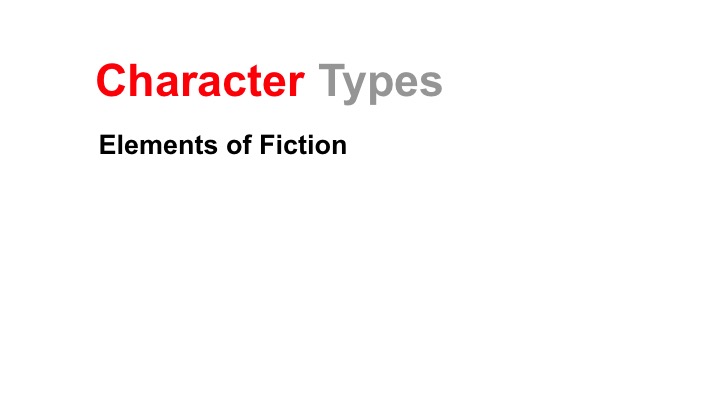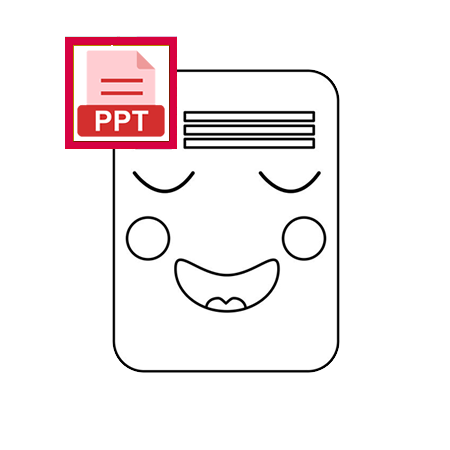Popular Content
Want Email Updates?
Get emails about new stuff.
Be the first to know.
Looking for Something?
Character Types Lesson 1
Are you looking for a PowerPoint slideshow to help students review character types? This lesson teachers about character that are STATIC, DYNAMIC, FLAT, ROUND and MORE. It includes a practice activity after the lesson. You'll love it.
Characterization
Common Core State Standards
Characterization Anchor Standards
R.3 - Analyze how and why individuals, events, or ideas develop and interact over the course of a text.RL.K.3 - With prompting and support, identify characters, settings, and major events in a story.
RL.1.3 - Describe characters, settings, and major events in a story, using key details.
RL.2.3 - Describe how characters in a story respond to major events and challenges.
RL.3.3 - Describe characters in a story (e.g., their traits, motivations, or feelings) and explain how their actions contribute to the sequence of events.
RL.4.3 - Describe in depth a character, setting, or event in a story or drama, drawing on specific details in the text (e.g., a character's thoughts, words, or actions).
RL.5.3 - Compare and contrast two or more characters, settings, or events in a story or drama, drawing on specific details in the text (e.g., how characters interact).
RL.6.3 - Describe how a particular story's or drama's plot unfolds in a series of episodes as well as how the characters respond or change as the plot moves toward a resolution.
RL.7.3 - Analyze how particular elements of a story or drama interact (e.g., how setting shapes the characters or plot).
RL.8.3 - Analyze how particular lines of dialogue or incidents in a story or drama propel the action, reveal aspects of a character, or provoke a decision.
RL.9-10.3 - Analyze how complex characters (e.g., those with multiple or conflicting motivations) develop over the course of a text, interact with other characters, and advance the plot or develop the theme.
RL.11-12.3 - Analyze the impact of the author's choices regarding how to develop and relate elements of a story or drama (e.g., where a story is set, how the action is ordered, how the characters are introduced and developed).
Click to VIEW Grade Level Standards for R.3
R.7 - Integrate and evaluate content presented in diverse media and formats, including visually and quantitatively, as well as in words.
RL.1.7 - Use illustrations and details in a story to describe its characters, setting, or events.
RL.2.7 - Use information gained from the illustrations and words in a print or digital text to demonstrate understanding of its characters, setting, or plot.
RL.1.7 - Use illustrations and details in a story to describe its characters, setting, or events.
RL.2.7 - Use information gained from the illustrations and words in a print or digital text to demonstrate understanding of its characters, setting, or plot.
Click to VIEW Grade Level Standards for R.7
Looking for More Character Types Worksheets?
Here are all of our Character Types Worksheets
Looking for Something Else?
Search This Site
Subscribe Now
Get emails about new stuff.
Don't worry. I hate spam too.
Some Other Useful Pages
- Author's Purpose Worksheets
- Characterization Worksheets
- Conflict Worksheets
- Fact and Opinion Worksheets
- Figurative Language Activities
- Figurative Language Poems with Questions
- Genre Activities
- Irony Worksheets
- Making Predictions
- Mood Worksheets
- Nonfiction Passages and Functional Texts
- Parts of Speech Worksheets
- Poetic Devices
- Point of View Worksheets
- School Project Ideas
- Setting Worksheets
- Simile and Metaphor Worksheets
- Story Structure Worksheets
- Text Structure Worksheets
- Theme Worksheets
- Tone Worksheets
- ALL PAGES AND WORKSHEETS
Search This Site





